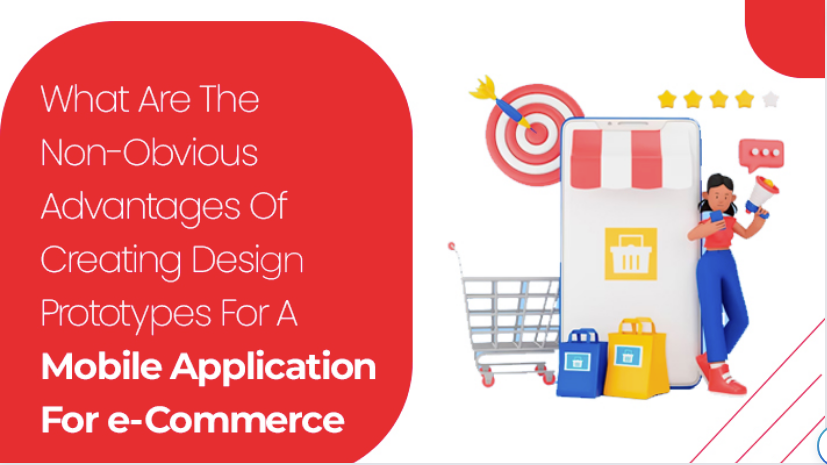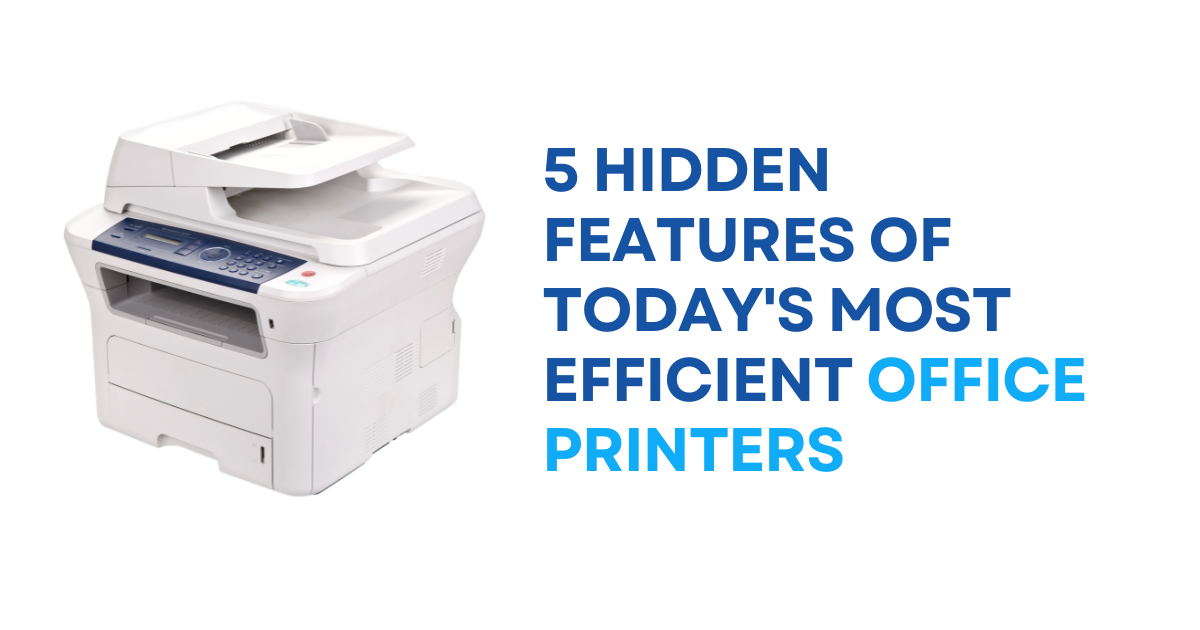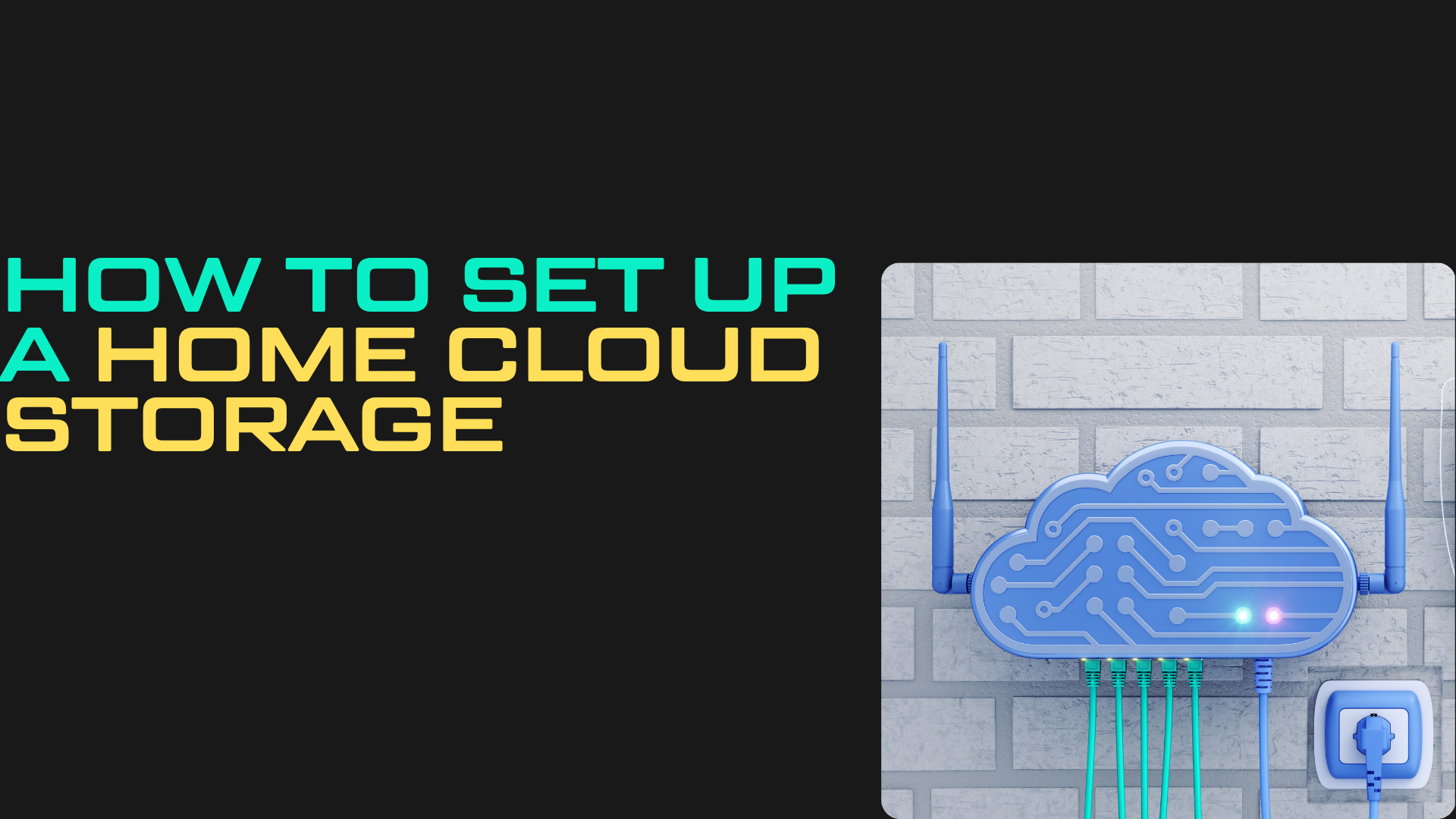Finding Progressive Web Apps Design Service
A website turns a company into a modern business. It is the brand’s most important source of information for potential customers and influencers whose opinion is of public importance. E-commerce website design represents a set of technical and visualization solutions for creating a high-conversion Internet resource that allows businesses to use it as a tool to increase profits. It performs the role of interactive “branch” of the company selling services and goods online.
E-commerce UI/UX design companies make every effort to support businesses in their desire to have high-quality Internet resources with effective visualization. More than 94 percent of negative feedback about the websites was provoked by design. The creation of a well-thought-out e-commerce website design is important for all types of businesses due to the following reasons:
* Maintaining the brand image
* Communication with regular customers who maintain interest in the company
* The attraction of new clients
The Importance of User Experience in Designing Mobile Apps
The design of an e-commerce stuff has a significant impact on the following processes:
Promotion of Goods and Services
E-commerce website design services empower clients to harness the potential of online resources for executing diverse marketing strategies. These encompass the dissemination of valuable information, enticing offers, and details about customer loyalty programs. In this context, the website's design transforms into a tool for seamless navigation, aiding customers in taking purposeful actions.
Boosting Sales
A distinctive website design appeals to a fresh target audience, thereby elevating the sales of products and services. This, in turn, amplifies business profitability, marking a positive trajectory.
Customer Loyalty
A well-crafted website design streamlines the ordering process, offering clients an intuitive interface and efficient categorization of products and services. Consequently, companies can transform regular customer orders through the website into a habitual practice, benefiting both parties and bolstering business profits.
Maintaining Market Competitiveness
The captivating design of a website sparks admiration and discussions that capture the company's spotlight. Enhanced brand awareness among potential consumers consistently propels products and services to the zenith of sales.
What Mobile App Prototyping Actually Is
Mobile app prototyping serves as a prevalent strategy for confirming the feasibility of a development idea. It materializes as an interactive, though early-stage, rendition of an app, encompassing envisioned user interface (UI) design, user navigation flows, and, to some extent, planned functionality.
This prototyping process revolves around creating an app model that does not involve actual coding. These mobile prototypes are not designed to function as complete applications due to their limited functionality. Typically, a prototype exhibits the appearance of a mockup, offering a visual representation of the app's intended design and user experience.
Benefits of Mobile App Prototyping for e-Commerce
Now, let’s proceed with reviewing the actual benefits mobile application prototyping can bring to your project:
Cost Reduction
As per the 1:10:100 rule, investing in prototyping research upfront can save substantial costs down the line. Prototypes, particularly low- and medium-fidelity versions, are cost-effective compared to the potential expenses incurred during post-development changes. Solid mockups generated through prototyping not only reduce future risks but also improve the project's return on investment.
Client and Stakeholder Involvement
Engaging both clients and stakeholders is pivotal for project success, and prototyping facilitates this engagement. High-fidelity prototypes can attract additional funding and determine project viability. Involving stakeholders in the process bridges the gap between developer vision and strategic perspectives, ensuring alignment with long-term goals. Stakeholders' insights enhance market research, resource allocation, and project support, ultimately leading to better project outcomes.
User-Centric Iteration
Prototyping allows for user-centric iteration, enabling the detection of usability issues and user pain points early in the design phase. By incorporating user feedback, you can refine the user journey, resulting in higher user engagement, conversion rates, and customer satisfaction. Iterative design improvements based on real user insights lead to a more user-friendly and engaging e-commerce app.
Identifying Product Improvements
Sharing prototypes with potential customers and stakeholders fosters feedback collection. Reviews and opinions help identify valuable design choices and functionalities while pinpointing elements that may be obsolete. This feedback-driven approach guides decisions on whether to retain the existing concept or implement new improvements. Planning modifications based on gathered insights ensures a user-centric and evolving app design.
Concept Validation
Mobile app prototyping serves as a crucial tool for validating the viability of your app concept. It's akin to testing puzzle pieces before assembling them to ensure correctness. Prototypes validate fundamental aspects such as the app's core idea, alignment with the target audience, and the effectiveness of basic and advanced functionalities. This validation process enables you to assess the potential success of the app before actual development begins.
When to Use Prototype Design Pattern in App Development?
The Prototype design pattern is used in app development when you need to create new objects by copying or cloning existing objects, rather than instantiating them from scratch. This pattern is particularly useful in situations where the cost of creating a new object is high or complex, and you want to avoid the overhead of repeatedly creating these objects from scratch.
Here are some scenarios in app development where you might consider using the prototype design pattern:
Costly Object Creation: If creating an object involves complex initialization processes, database calls, or resource-intensive operations, using the Prototype pattern can help you avoid repeating these expensive operations. You create a prototype object with the necessary setup and then clone it whenever you need a new instance.
Reducing Initialization Overhead: Initialization of an object might involve reading configuration files, setting up connections, or other time-consuming activities. Cloning an already initialized object can save time compared to setting up a new instance.
Variations of Objects: When you have a set of objects that are similar but have slight variations, such as different configurations or states, using the Prototype pattern can help you create these variations by cloning a base object and modifying the necessary parts.
Dynamic Object Creation: If you're working in a dynamic environment where object classes might change at runtime or are determined by user input, the Prototype pattern can provide a flexible way to create objects without needing to know their exact classes.
Caching: In scenarios where you need to create many similar objects and want to optimize memory usage and performance, you can use the Prototype pattern to create a pool of prototype instances that can be cloned as needed, reducing the need for creating new instances.
Immutable Objects: When you want to create immutable objects (objects that cannot be modified after creation), using the Prototype pattern allows you to create a base prototype and clone it without worrying about accidental modifications.
Copy-on-Write: In scenarios where you have objects that are shared among multiple threads or processes, the Prototype pattern can be used to create a new object when modifications are needed, thus avoiding conflicts.

















Post Comments